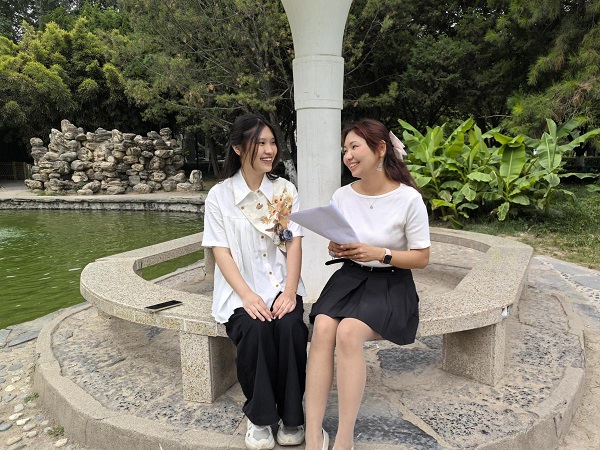XJTU research team makes new progress in self-assembled nanomedical materials

Preparation, characterization, and performance study of dynamically self-assembled TIBT nanocrystals.
For photodynamic therapy (PDT) nano-diagnostics and therapeutics, it is crucial to develop organic fluorescent nanomaterials that possess high reactive oxygen species (ROS) generation efficiency, good tumor targeting ability, and favorable tumor retention characteristics.
However, current photodynamic therapy agents are mostly based on symmetric donor-acceptor-donor (D-A-D) type molecules, and their nanomaterials are usually small spherical particles. While these materials can achieve good tumor targeting through the enhanced permeability and retention (EPR) effect, their tumor retention time is relatively short. Therefore, designing and constructing rod-shaped nanostructures of appropriate size to prolong intratumoral retention time is a significant challenge in the field of photosensitizer material research.
Recently, a research team led by professors Dang Dongfeng and Meng Lingjie from the School of Chemistry at Xi'an Jiaotong University (XJTU) developed a morphologically-dynamic self-assembled organic nanocrystal photosensitizer material using an asymmetric D-A type aggregation-induced emission (AIE) molecule, TIBT.
Compared to the symmetric D-A-D type molecule DTIBT, TIBT exhibits similar long-wavelength emission (600-850 nm) and superior fluorescence efficiency in the solid state, with a quantum yield (PLQY) as high as 52.24 percent. Additionally, TIBT shows higher ROS generation efficiency in its corresponding self-assembled nanocrystals (TIBT-NCs). During the dynamic self-assembly process from initial small nanospheres (50 nm) to larger nanorods (700 nm), the ROS quantum yield can increase from 0.55 to 0.72.
In vitro and in vivo experiments demonstrate that the dynamic assembly of TIBT-NCs is also applicable in biological environments. More importantly, the dynamic morphological changes confer excellent tumor targeting ability, prolonged retention/accumulation, and metabolic capability.
This work, titled "Less is More: Asymmetric D-A Type Agent to Achieve Dynamic Self-Assembled Nanoaggregates for Long-Acting Photodynamic Therapy", was published in Advanced Materials. The first author of the paper is Xu Ruohan, a PhD student from the School of Chemistry, with professors Dang and Meng serving as corresponding authors.

